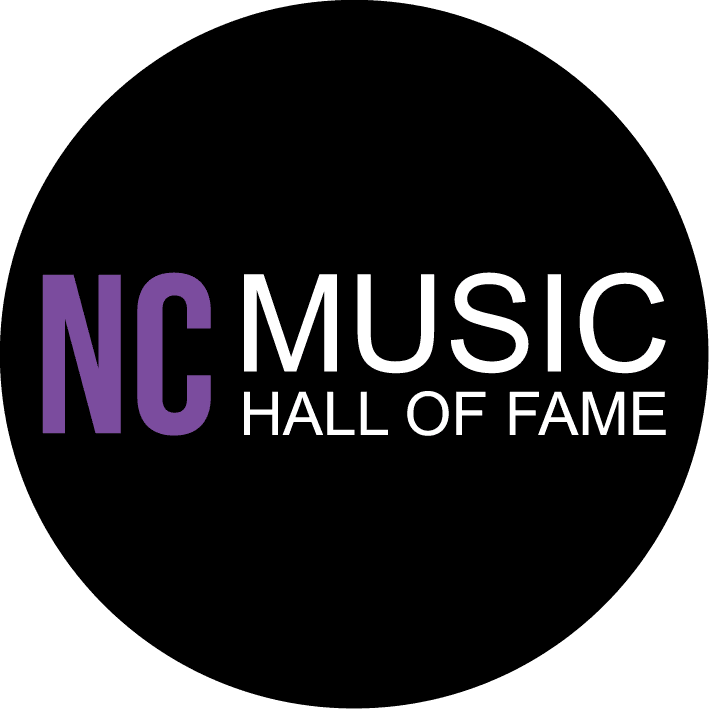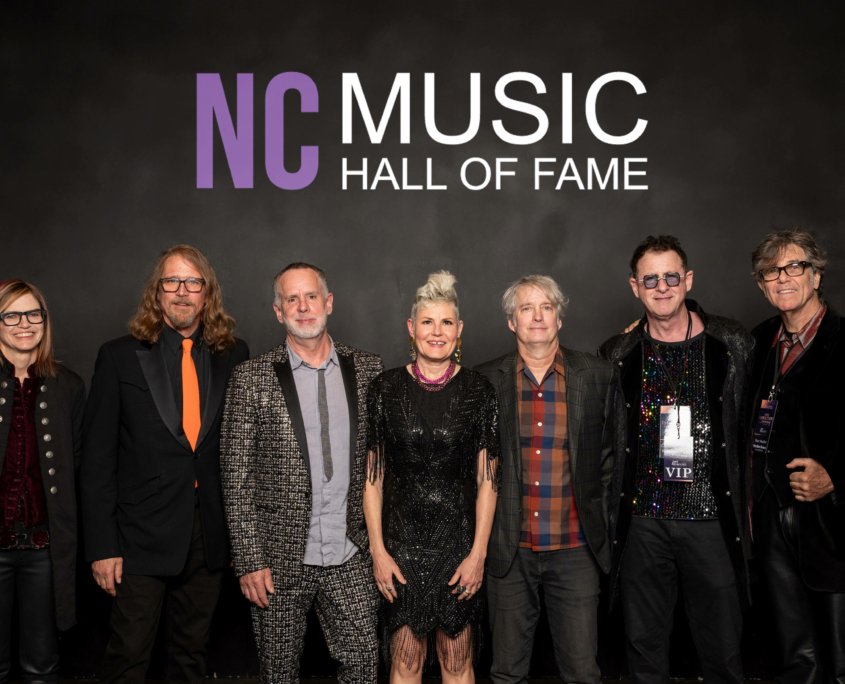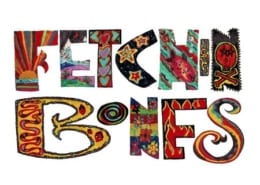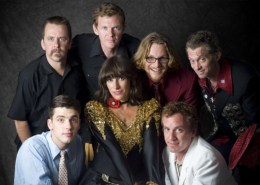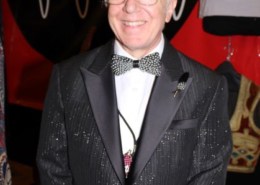Fetchin Bones Band
Biography
[photography credit to Edward Wright, WrightDesign75]
Formed in Charlotte in 1983, Fetchin Bones pioneered an eclectic, original sound by blending rock, punk, funk, country, blues and grunge. This Grammy-nominated, genre-busting, alternative group sprang from Hope Nicholls and Aaron Pitkin’s mutual adoration of music and their love of diverse musical styles. Vocalist Nicholls and guitarist Pitkin found partners first as a three-piece with guitarist Gary White, then added drummer Marc Mueller and bassist Danna Pentes. Their expansive artistic exploration went beyond one sound or genre, instead paying wreckless homage to an explosive mix that helped to define the creative renaissance evolving from southern college towns, clubs and underground happenings in the United States and England in the early 1980s.
Rooted in do-it-yourself punk aesthetics and pre-dating digital technology, hand-drawn wheat paste flyers along with college radio and word-of-mouth increased the frenzied expectation as Fetchin Bones live shows began to captivate local audiences. The regional buzz quickly ignited this five-piece band while their idiosyncratic sound, high energy shows and colorful visual style drew a dedicated following of local and national audiences, celebrities and tastemakers. By uniting band members from different areas of the country and featuring both a female lead singer and instrumentalist (a rarity for a Southern rock band in the 80s), they also gained prominence with diverse and inclusive audiences. One reviewer stated they were “a band that must be seen live for a full grasp of their eclectic frenzy.” Nicholls was sometimes compared to Janis Joplin and Patti Smith in her vocal and performance intensity. White’s growling voice and guitar prowess was often likened to Neil Young.
It was a blur of color and sound, everyone moving and performing with an abandon that audiences found infectious. “Live shows were our favorite thing!” according to Nicholls. “We loved traveling, playing wherever people were ready to get rowdy and have some fun!” Celebrated for their inspired live performances, Fetchin Bones played at iconic clubs in North Carolina, such as, the Milestone Club in Charlotte, Cat’s Cradle in Chapel Hill, and The Brewery in Raleigh, as well as historic venues including CBGBs, Harlem’s Apollo Theater, Grand Ole Opry, Danceteria, Peppermint Lounge, 40 Watt in Athens, 688 in Atlanta, Club Lingerie in LA, and the I-Beam in San Francisco. As all-stars of 1980s college radio, they gained a dedicated following while supporting acts such as the B-52s, X, Meat Puppets and the Violent Femmes, and in national tours with R.E.M., The Replacements, and the Red Hot Chili Peppers.
After releasing their debut album, Cabin Flounder, in 1985 for seminal Atlanta label DB Records, the band’s devout following caught the major label attention of Capitol Records, who released their next three albums. The first three albums were produced by Don Dixon, and recorded at Mitch Easter’s Drive-In Studio in Winston-Salem and at Reflection Studios in Charlotte. Their 2nd album, Bad Pumpkin (1986) had a driving sound, confidently built on the strength of robust national touring. On their third album, 1987’s Galaxy 500, Errol Stewart and Clay Richardson replaced Mueller and White, marking a stylistic shift as Fetchin Bones veered more towards straightforward rock with a funky
edge. Their final album, Monster (1989), was Grammy-nominated for Best Recording Package with album art by Tommy Steele. This dynamic, hook-driven collection produced by Ed Stasium in Los Angeles was a groundbreaking indicator to the impending explosion of the grunge movement that followed shortly thereafter.
In 1990, the band reached a creative crossroad, and the decision was made to part ways. Within a year, many of the bands that Fetchin Bones influenced or toured with began hitting the airwaves as part of the alternative boom that took over radio and pop-culture in the early 1990s, but the members of Fetchin Bones had already moved on.
In 2000, Fetchin Bones second incarnation reunited for an MTV/VH1 series pilot called “Reunion Tour”, just slightly ahead of their time once again, just before reality TV fully caught on. In 2007, the band reunited for more shows, and self-released a live CD/DVD, Dead Band Rockin.
After Fetchin Bones, White and Mueller released another album on DB Records with their band, Skeeters. White continues to record and play in Green Bay, Wisconsin with his band, Gary White and the Ditchflowers. Mueller moved to New York City, co-formed the percussion group, Mecca Bodega, and birthed his solo project, StreetMule. Pentes played in several Charlotte acts including Violet Strange, Richardson with Atlanta’s Lava Love. Stewart played briefly with Courtney Love in Hole, as well as various bands and projects in Seattle and San Francisco. Nicholls and Pitkin spent much of the 1990s in Sugarsmack. The band’s last album, Tank Top City, was released on Sire Records in 1998. The two currently anchor the garage rock band, It’s Snakes.
In 2022, Lou Reed: Caught Between the Twisted Stars was the first large-scale exhibition of Reed’s archive at The New York Public Library for the Performing Arts. As a validation of Fetchin Bones far reaching audience, their 2nd album, Bad Pumpkin, was included as part of Lou Reed’s personal vinyl collection that was featured in the exhibit.
In light of the current landscape of nostalgia, relevance and resurgence of bands from the 1980s, Fetchin Bones may have achieved something far deeper than mainstream commercial success- a lasting influence inspiring the way we enjoy, create and promote musical ideas. With their truly original sound, uniquely colorful style and spirited live performances, Fetchin Bones created innovative music on their own terms. Often considered ahead of their time, their reach and influence helped define the music of an era and solidified a unique genre based on self-expression and inclusion, thus illuminating a vibrant pathway for others to follow.
Video Biography
Music Sample
Interview
